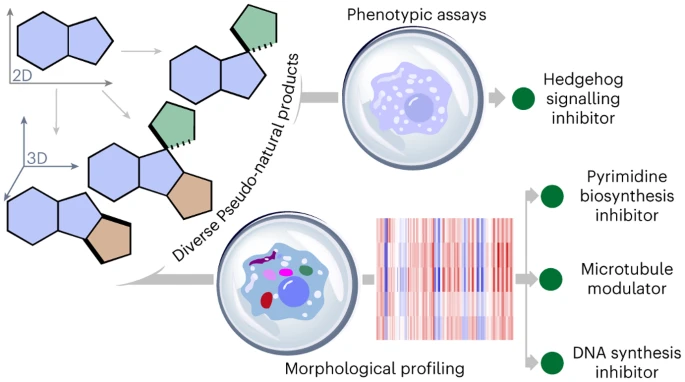Arvind Singh, associate professor at Ahmedabad’s Physical Research Laboratory. The Department of Science and Technology has awarded him a Swarnajayanti fellowship. The scientist will investigate the role of increasing ocean alkalinity in removing carbon dioxide from the atmosphere. Arvind studies elemental cycling in the ocean using stable isotopes of C (13C) and N (15N). It is possible to sequester trillions of tons of carbon without exceeding current carbonate saturation states in the oceans.
Key Highlight:
- Arvind Singh, associate professor at Ahmedabad’s Physical Research Laboratory.
- The Department of Science and Technology has awarded him a Swarnajayanti fellowship.
- The scientist will investigate the role of increasing ocean alkalinity in removing carbon dioxide from the atmosphere.
- Arvind studies elemental cycling in the ocean using stable isotopes of C (13C) and N (15N)
- It is possible to sequester trillions of tons of carbon without exceeding current carbonate saturation states in the oceans, he says.
- The effects of increased alkalination are likely to be minor, and may even help to mitigate the effects of ocean acidification on microbial ecosystems.
Arvind Singh, Associate Professor at the Physical Research Laboratory in Ahmedabad and a Swarnajayanti fellow for 2020-21, is researching the role of increasing ocean alkalinity in removing atmospheric carbon dioxide to address global climate change issues. The rising level of carbon dioxide in the atmosphere as a result of anthropogenic and other processes is a global issue that scientists are attempting to address through a variety of methods.
Arvind Singh, a physicist by training and a biogeochemist by profession, will identify minerals that can be used to sustainably increase ocean alkalinity, investigate the impact of increased ocean alkalinity on carbon, nitrogen, and phosphorous cycles, and comprehend the effect of increased alkalinity on phytoplankton and bacterial community structure.
The scientist emphasized that it is clear that we may require reservoirs capable of storing trillions of tons of CO2 emitted by industrial and other man-made emissions in the coming decades.
“Based on our understanding of the intense chemical weathering that resulted in global cooling during the Cenozoic era (66 million years), it has been proposed that enhanced ocean alkalinity through large scale mineral dissolution has the potential to provide a solution to store large amounts of CO2 in the ocean,” the scientist explained.
He explains that mineral dissolution will cause a shift in the ocean carbonate chemistry equilibrium toward HCO3 and CO32 (i.e., an increase in alkalinity), allowing additional CO2 from the atmosphere to be dissolved and stored in the ocean for a long time (more than 1000 years). It may be possible to sequester trillions of tons of carbon without exceeding current carbonate saturation states in the ocean. As a result, the effects of increased alkalinity are likely to be minor, and they may even help to mitigate the effects of ocean acidification on microbial ecosystems, but these hypotheses have yet to be tested experimentally.
Arvind studies elemental cycling in the ocean using stable isotopes of carbon (13C) and nitrogen (15N). His research combines stable isotopes, in-situ and satellite observations, microbiology, and statistical modeling to produce quantitative estimates of carbon and nitrogen fluxes in the ocean. His Ph.D. research provided the first direct estimate of N2 fixation rates in the Arabian Sea. He studied elemental stoichiometry in the North Atlantic as well as the effect of ocean acidification on N2 fixation rates. He researched niche construction theory, the role of eddies in ocean biological pumps, and the contribution of atmospheric deposition to new nitrogen. His seminal work demonstrated that C: N:P is not fixed in oceanic plankton and nutrients.
Furthermore, changes in nutrient stoichiometry (N:P) may cause changes in the marine phytoplankton community. His research demonstrated that increased atmospheric deposition can result in increased CO2 sequestration but can also increase N2O in the atmosphere. His palaeoclimate work revealed that the relationship between oxygen isotopic composition (18O) and salinity varies in the ocean. Using 18O isotopic records in the ocean, he estimated Himalayan ice melt over the last twenty years in an innovative way.




